How Do You Identify An Original? – Kartell
Photo: Kartell
An original is forever. This has been Kartell’s philosophy since 1949 when it first started creating design products, which over the years, have become part of a wider cultural and artistic heritage worldwide.
Innovation, design, quality, and attention to detail are the discriminating factors Kartell stands for. Buying a copy and not an original, not only damages the brand and the entire production line involved in the making of a piece, but also strips you of the pleasure of owning an object which, despite its functionality, is the fruit of artistic expression.
Brand: Kartell
Designer: Ferruccio Laviani
Product: Bourgie Lamp
Photo: Kartell
When looking at a Bourgie Lamp, designed by Ferruccio Laviani, here are a few ways to spot an original:
The original baroque-style base of the lamp consists of three decorated elements that interlock. Copies do not have the stability or original thickness of the interlocking base.
While the original large shade is created with a pleated effect—creating a multitude of reflections when lit, replicas lack vibrancy. Despite the endless attempts to imitate it, the sense of three-dimensionality obtained from a mold is the result of careful studies and constant adjustments—which many copies lack this precision and investment in tooling.
Thanks to a special system used to hang the shade, three different heights can be obtained through an original Bourgie, while copies may not have this option.
Lastly, the polycarbonate used by Kartell is produced using only the highest quality raw materials, and new research is underway to use green polycarbonate obtained partly, from plant components.
Photos: Kartell
For more information on Kartell, visit https://www.kartell.com/US/en.





